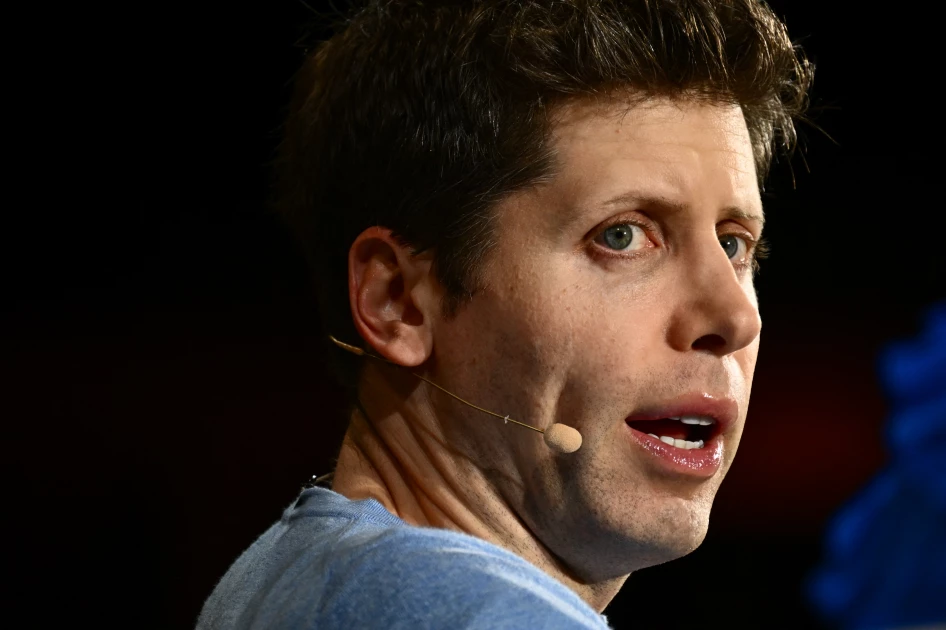OpenAI CEO Sam Altman has revealed that the company’s latest image-generation feature is putting an immense strain on its hardware, causing its GPUs to “melt” under the high demand. The surge in popularity, particularly for Studio Ghibli-style AI art, has led OpenAI to impose temporary limits on how many images users can generate daily.
Altman took to X (formerly Twitter) to share the news, stating, “It’s super fun seeing people love images in ChatGPT. But our GPUs are melting. We are going to temporarily introduce some rate limits while we work on making it more efficient.” He added that users on ChatGPT’s free tier will soon be limited to three image generations per day.
Why Are OpenAI’s GPUs Overheating?
GPUs (Graphics Processing Units) are the backbone of AI-driven image generation, powering the deep learning models responsible for creating highly detailed images. Unlike text-based AI models, which primarily process language, image-generation models require significantly more computational power. The complexity of generating Studio Ghibli-style artwork known for its intricate details, vibrant colors, and hand-drawn aesthetic—adds to the strain.
With millions of users experimenting with AI-generated art, OpenAI’s infrastructure is being pushed to its limits. While “melting” is likely a figurative term, it highlights the intense GPU workload, which can lead to overheating, performance slowdowns, or even system failures if not managed properly.
The Growing Debate Over AI and Artistic Styles
OpenAI’s latest AI art generator has reignited debates over AI’s ability to replicate artistic styles, particularly those of established studios like Ghibli. Many artists and fans are concerned about AI-generated works that closely mimic renowned aesthetics, raising ethical and copyright questions. Altman himself changed his profile picture to a Ghibli-style AI-generated version, further fueling discussion.
What’s Next?
OpenAI is working on improving efficiency to accommodate demand while maintaining high-quality outputs. In the meantime, users will have to be patient as the company fine-tunes its technology. Whether AI-generated Ghibli-style art becomes a permanent fixture or faces more restrictions in the future remains to be seen.

